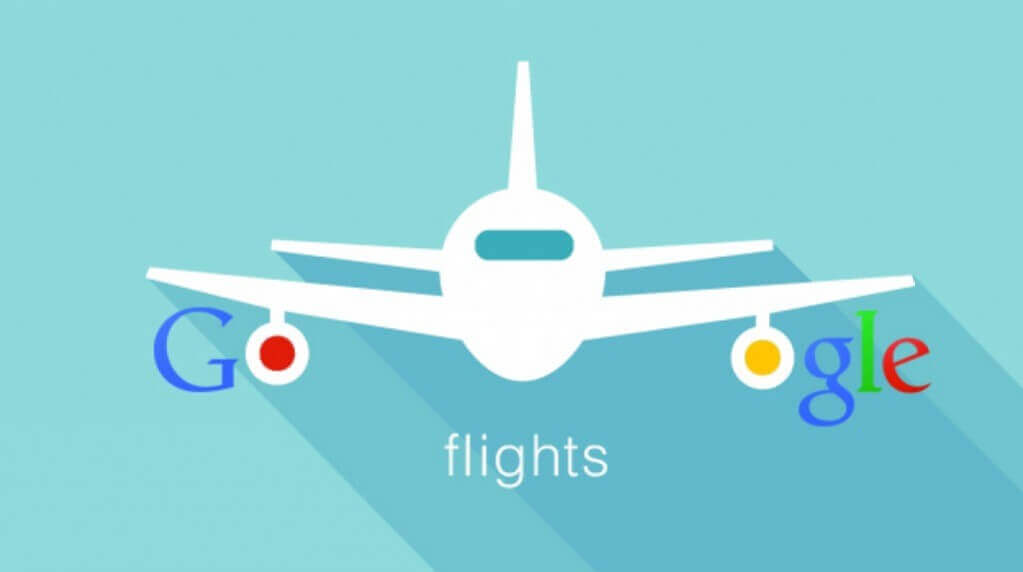
Google began rolling out a new desktop interface for its Flights metasearch product in earnest on Friday.
Most users who visit Google Flights in the U.S. on the Chrome Web browser are being prompted to click a button on the right-hand side to update to the new experience. Users of Safari and Firefox were not yet seeing that option as of publication time, but could visit the new experience by clicking this link and choosing the U.S. as their home country.
The design is simpler, with many of the options to customize a search upfront removed.
In this beta test, Alphabet’s Google appears to be scaling back its ambition to inspire people to consider new destinations.
In spring 2016, Google Flights had its last major redesign in which it pushed front-and-center a flexible-destination search interface.
From then until now, desktop visitors to the Google Flights interface would see a prominent “Discover Destinations” box. Users could check out possible itineraries by general time periods (like “January” or “weekend”), location (“Africa” or “Johannesburg”), and interest (“honeymoon” or “winter sports”).
The new look drops the box. Forget inspiration. Google Flights is merely showing three “popular” destinations from the biggest airport near where Google thinks the user is located.
It’s unclear how they calculate these three spots. In repeated tests from a laptop near Philadelphia using logged-in and logged-out searches, the results varied. Presumably, Google Flights picks the three choices from a list of the most-booked destinations from a given airport.
A photo from one of the three “popular destinations” appears as a giant splash image at the top of the search interface.
The simpler design with a search box set against a big splash page photo is reminiscent of Kayak, the Priceline Group-owned metasearch company. When asked about this, CEO Steve Hafner said by email, “Google is one of a handful of companies that we admire. We’re flattered that they were inspired by our UX and we’ll continue to advance the state of the art.”
Google has pointed out previously that its flight search distinguishes itself from competitors by having faster response times than any other product on the market. Other companies counter that Google partly is able to have fast response time by not offering as much inventory as other providers. But it also spends more on caching, or saving airfares based on recent searches as a way to speed up results, than any rival.




